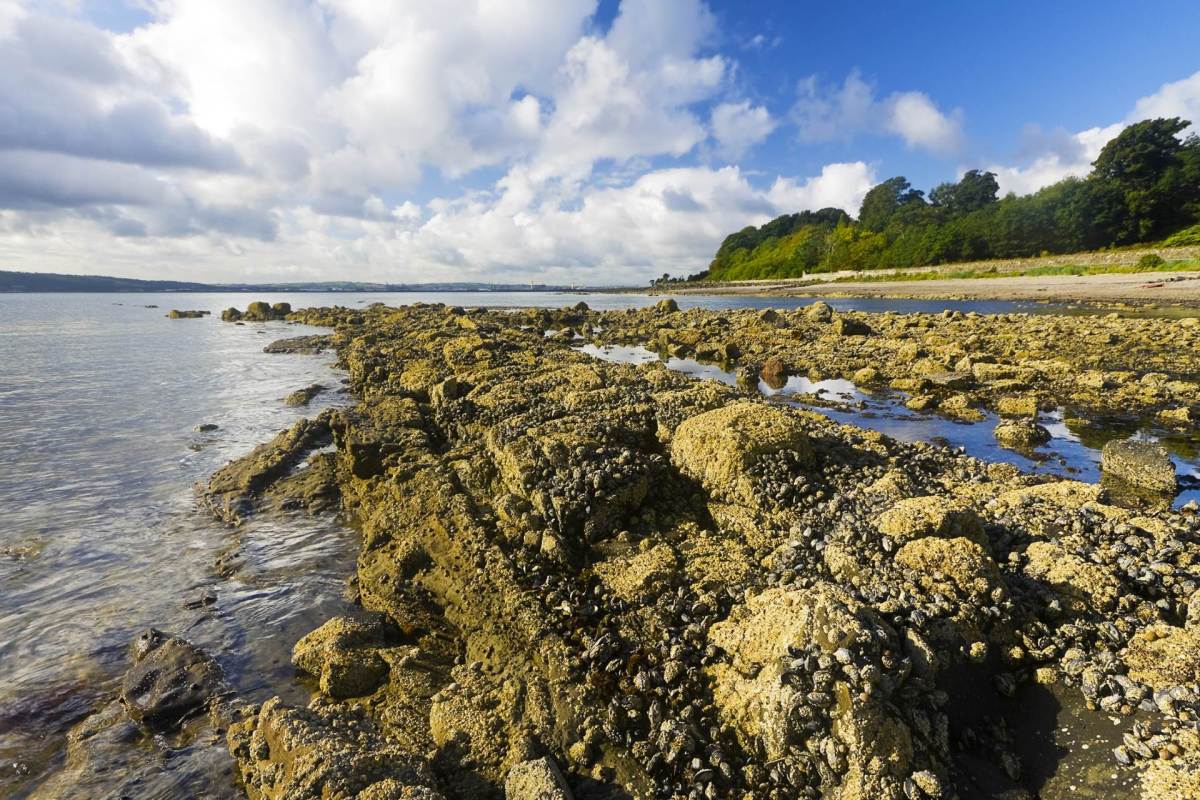A reef restoration project in Belfast has led to the return of oysters to the famed harbor where the Titanic was built.
According to the Baker City Herald, the Belfast Lough channel had been home to large oyster reefs until the early 1900s. The population gradually declined due to "overfishing, disease, and pollution."
However, the oysters are making a comeback thanks to the project by the Ulster Wildlife group. The project's goal is to improve marine life and water quality.
"We're bringing back a lost habitat," the group's marine conservation manager David Smyth said.
Native oyster beds were once considered "abundant" in European seas, allowing humans to harvest them for ages. Unfortunately, the group estimated that "oyster populations have declined by 95 percent since the 19th century, with native oyster reefs now one of the most threatened habitats in Europe."
As part of the restoration project, a nursery comprising nearly 700 mollusks was brought from Scotland and lowered into Belfast Lough in cages fitted with shelves after they were measured and checked for disease. Smyth said the process should eventually create a local "equivalent of a coral reef."
"Imagine 100,000 of these all stuck together, this is what we are after, from them millions of larvae will settle around the shore and on the seabed," Smyth said.
Ulster Wildlife noted that restoring the habitat carries ecological benefits that include boosting marine biodiversity and better water quality.
"Just as with a coral reef, once these animals start forming their beds, then small fish and crustaceans like mussels, barnacles, worms, snails, and algae will come to live and feed there," Smyth said.
Also, oysters can provide a natural source of filtration to reduce water pollution, as just one of them can filter over 50 gallons of seawater a day.
In addition to the project by Ulster Wildlife, similar endeavors have got underway across Europe and the United States. The Belfast Nursery is following the steps of a successful project in New York that began a decade ago with the goal of restoring millions of oysters, and a small group in Delaware is reintroducing oysters to the waters.
"New York's the shining example of how well these animals can do in an industrial area," Smyth said. "There were dolphins swimming around the Statue of Liberty for the first time in years recently — we don't know if we will ever have dolphins swimming in Belfast but you never know."
Join our free newsletter for weekly updates on the coolest innovations improving our lives and saving our planet.









